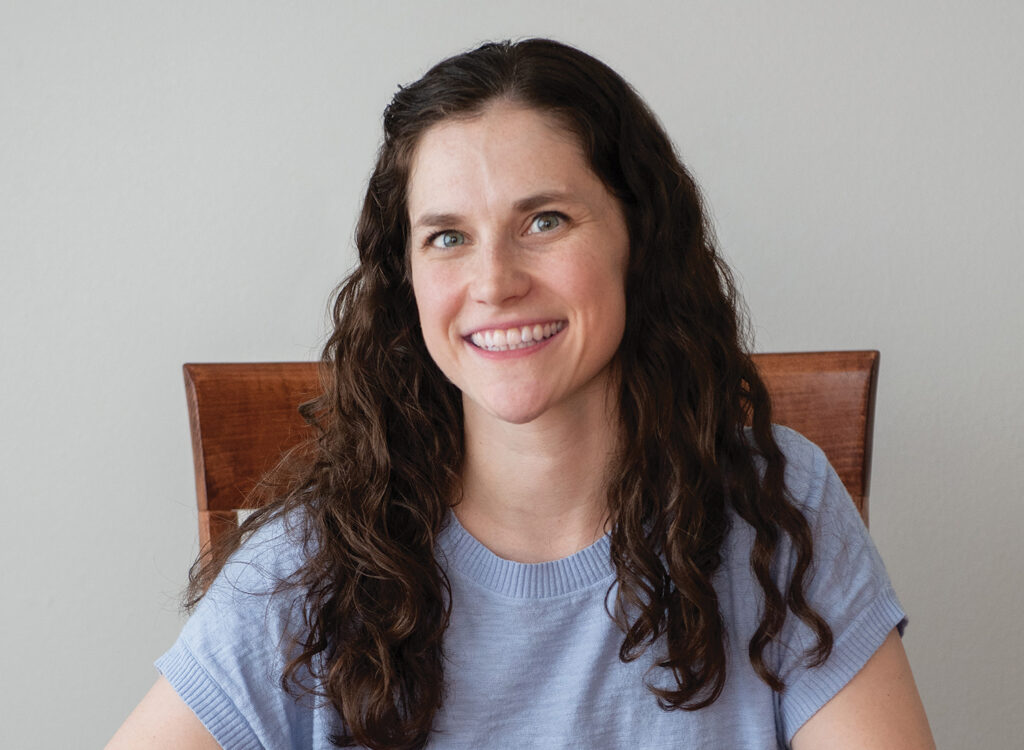Gitomer: Sales masters, part 3

JEFFREY GITOMER Jun 19, 2015 | 11:00 am
3 min read time
647 wordsBusiness Record Insider, Sales and MarketingWant the sales “master’s touch”? Study them, and do what they did.
The 1953 book, “America’s Twelve Master Salesmen” featured a dozen stories of a principle or philosophy that led to success.
I have written about the first nine masters. This week is the final three (plus me).
10. William Zeckendorf Principle: Fact plus imagination plus action.
Will Rogers once said, “Buy land; they’re not making any more of it.” William Zeckendorf took that advice several steps further. He bought it, and developed it. The man who bought and sold The Chrysler Building, the ultimate deco structure in New York City, had innovative ideas that often met with opposition from city planners, but over time he developed a reputation nationwide for successful projects, and was wooed by cities looking for new ideas. He stated the facts, presented the plan — and succeeded by working hard.
11. Thomas J. Watson Principle: Pack your todays with effort – extra effort.
Watson was a salesman and later corporate officer for NCR under the tutelage of John Patterson. Watson realized that to overcome an objection, he had to walk in with answers — this took extra preparation on the part of the salesman — extra effort. Was the extra effort he put into his sales career worth it? He went door-to-door selling cash registers, and invented creative new ways to approach the customer. You may also know Watson for his second career — the founder of another company — IBM. A leading self-made industrialist, he was one of the richest men of his time, and was called the world’s greatest salesman when he died in 1956.
12. Elmer G. Leterman Principle: Neglected customers never buy: They just fade away.
This principle merges the significance of three relationship factors of customer loyalty — giving value to the customer — staying in front of the customer — and serving the customer. He added to this strategy the personal philosophy of: “I have adhered to a personal rule of trying to do for the other fellow what he can’t do for himself – without any strings attached.” Leterman was also the first to write on sales creativity in the 1950s: “Personal Power Through Creative Selling.” Elmer Leterman, one of the best sales speakers, sales writers, and progressive strategists of his time, is my personal favorite.
12.5 Jeffrey Gitomer Principle: People don’t like to be sold – but they love to buy. Unlike the other masters, my statement is not only the philosophy by which I live my sales life, it is also a registered trademark. If salespeople would just stop selling, and transfer that energy into creating an atmosphere to buy, they would double their sales.
What would someone say your philosophy is – if they had to boil it down to one sentence? What have you done to live your philosophy, to brand your philosophy, to make your philosophy known to others by your writings and by your actions?
If the answer to these questions is painfully obvious to you, perhaps this should be your year of transition. Perhaps this should be a year where you take a closer look at your bigger picture rather than a frustrated look at your quota and monthly sales achievements.
NOTE WELL: If you look at these masters, and you think any of them never had a problem achieving their goals or life’s dreams – think again. Every one of them had failure and adversity in one form or another, but by adopting and living a philosophy or a principal, they became successful. And not just successful to you or me, bit successful to themselves – in their own minds, the only place success matters.
Free GitBit: The book’s author, the late B.C. Forbes, had a formula of his own for sales. It’s yours for the taking. Go to www.gitomer.com and enter FORBES in the GitBit box.











